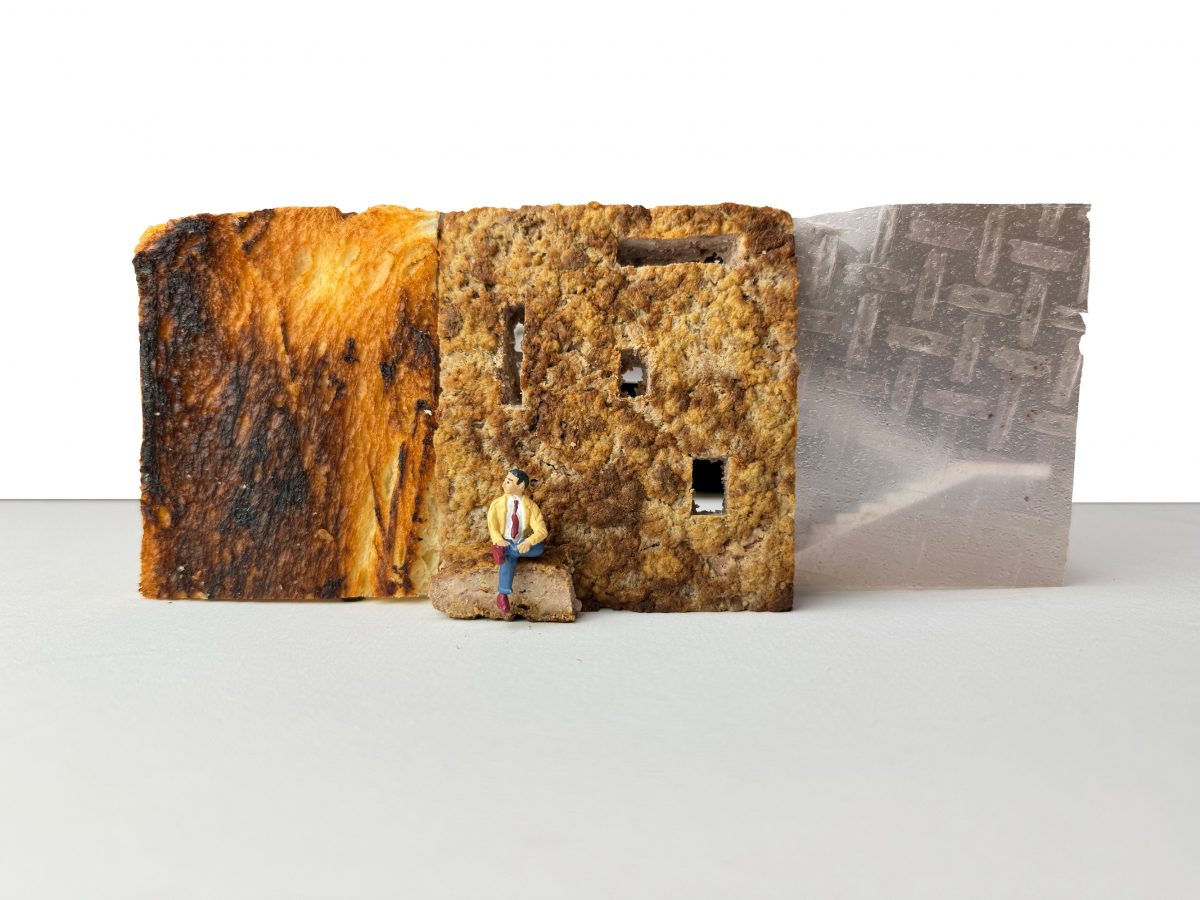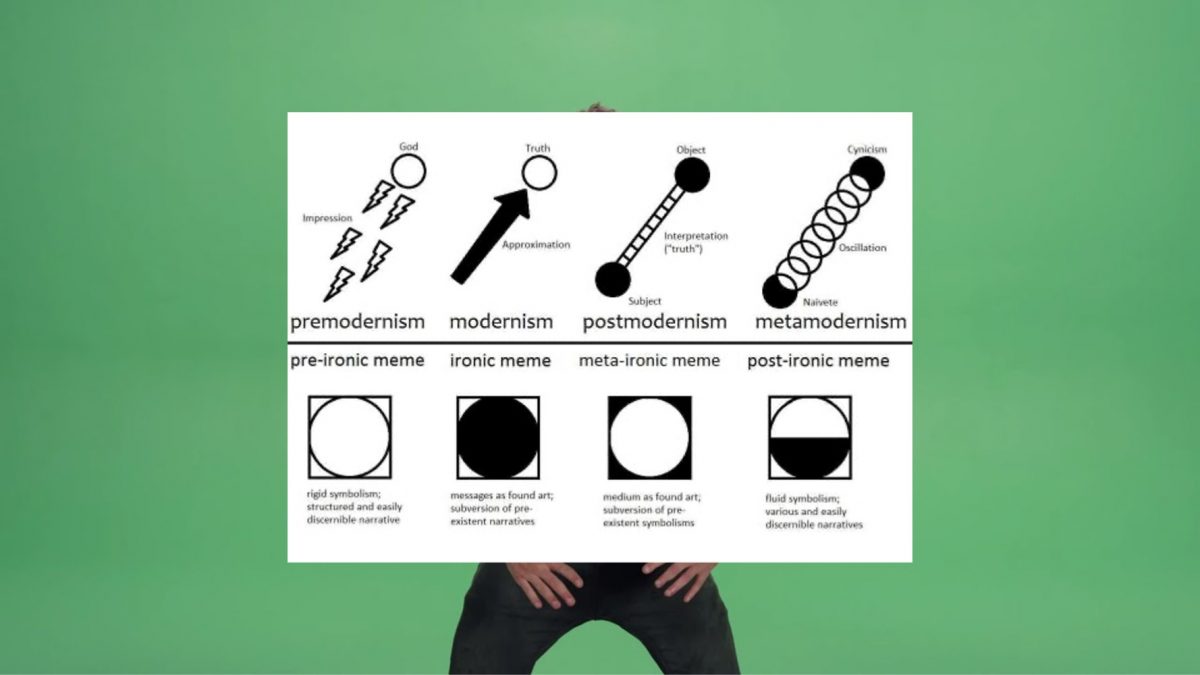This thesis explores the relationship between food and architecture. My exploration of this comparison is done by: diagramming architecture through food, plating food architecturally, photographing the construction process of a dish, making architectural models out of food, blurring food and building textures through elevations, using molds to make edible massing models, and redlining a menu. Through these modes, a discussion is opened on the difference between permanence and temporality, and how it can shed light onto the wasteful food and building construction industry. One third of the food produced for human consumption is wasted, globally, and the building and construction industry is the largest emitter of greenhouse gasses by far.



